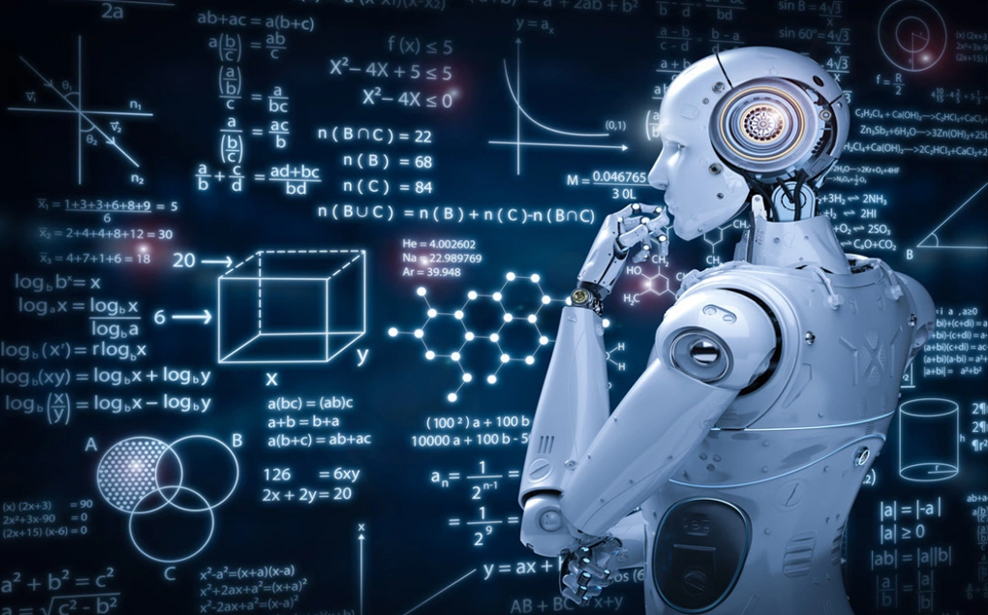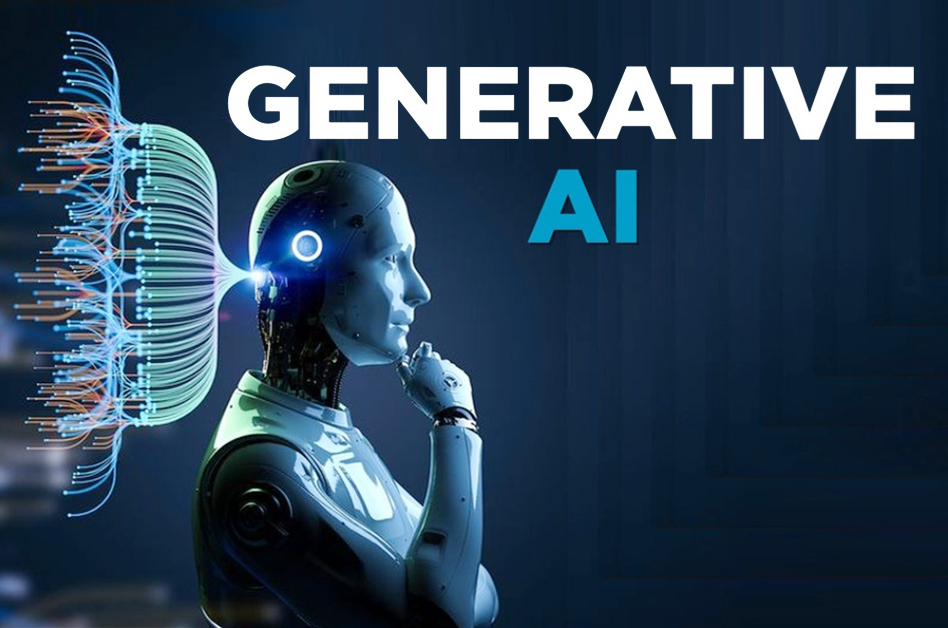
What is Generative AI?
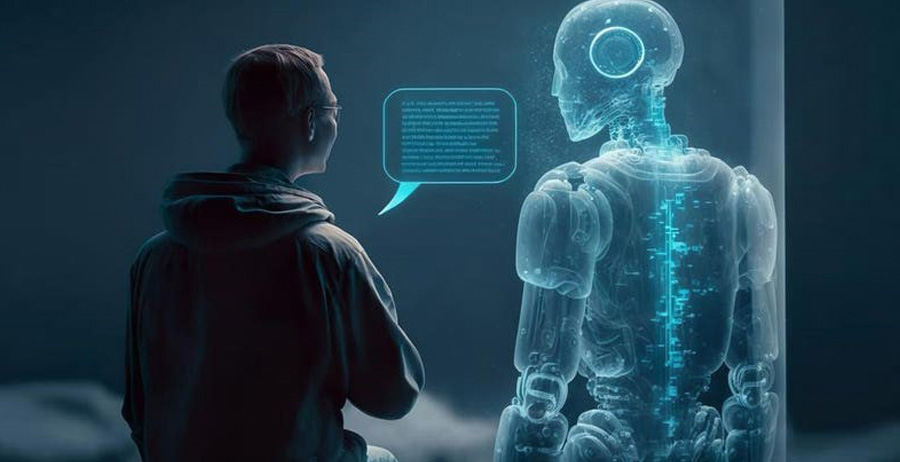
Collecting and preprocessing data is an important step to provide input to a Generative AI model that gathers photos, sounds or text
Choosing a Generative AI model architecture suitable for the problem and prepared data set is the next step to adjust the model parameters to optimize the goal.
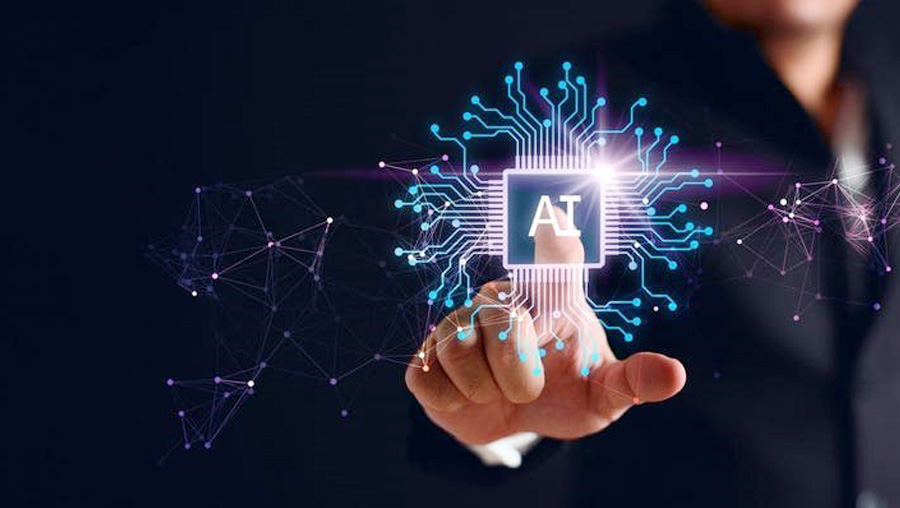
The model will automatically generate the desired output such as images, text, audio, video… as the final step after being provided with the initial input. Generative AI can generate extremely diverse and novel results. However, remember that model quality depends greatly on the volume and quality of the initial data
Explore Generative AI models
Generative Adversarial Networks (GANs): Use two neural networks against each other, one that generates fake results and one that evaluates fakeness. These two networks compete with each other, helping to improve the quality of the data produced
Variational Autoencoders (VAEs): Variational autoencoders model, operating by converting data into vector space and then decoding back into the original data
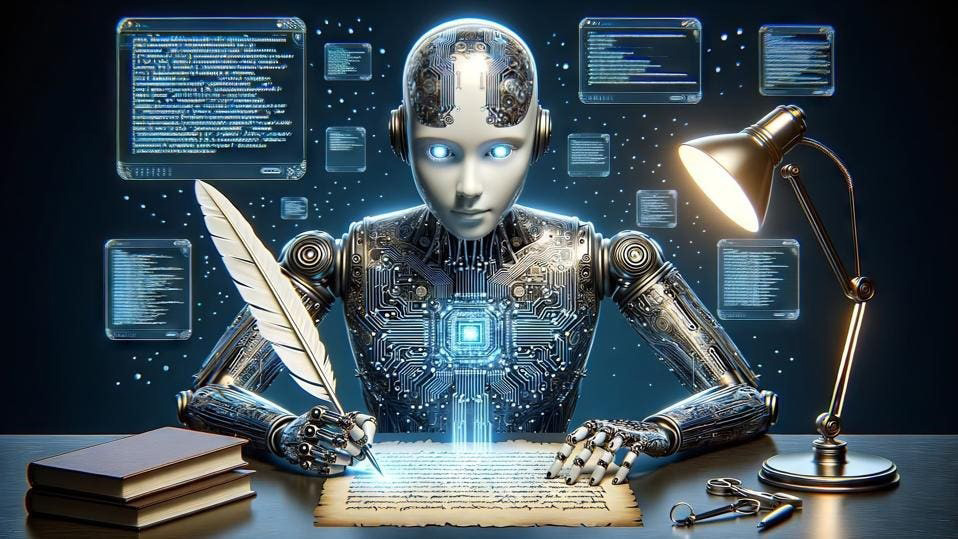
Autoregressive models: Models that predict data elements one by one and generate new data based on previously predicted elements
Diffusion models: The model adds noise segments to the data and then gradually removes the noise to create new results
Normalizing flows: The model transforms the original probability distribution into the desired distribution through multiple transformation layers
What are the applications of Generative AI?
Create content
Generative AI writes text content with high authenticity and logic
Create images, videos
Generative AI automatically creates images or short videos with natural-looking motion based on language descriptions.

Create music and sounds
Generative AI automatically composes music, creates electronic music, film music, game music and creates sound effects, natural voices and many other types of sounds according to human requests.
Create fake data
Generative AI has the ability to generate fake image and text data with properties similar to real data, helping to improve the efficiency of setting up other AI models or testing the stability and safety of AI systems.
Practical applications of Generative AI in various fields
Marketing field
Generative AI can create many creative options, write scripts, blog posts, social media posts, email marketing, create slogans, taglines,… Analyze marketing data, create multiple versions of ads, project predict market trends

Manufacturing sector
Generative AI automatically designs products, creating 3D simulation worlds to test technology products
Transportation Sector
Generative AI simulates complex traffic situations, trains automated drivers or to optimize freight routes
Natural Sciences
Generative AI simulates natural phenomena such as geology, climate and ecology, or supports the design of new materials based on molecular structure and physical properties, while also predicting climate patterns and simulations

Entertainment Field
Creative Generative AI can create new music, videos, images or video games
Medical Sector
Generative AI creates medical images and simulation data for training and surgery, as well as medical coding, image analysis, X-ray, MRI, CT scan, genetic analysis, diagnostics sick
Education Sector
Generative AI compiles course content, creates questions and exams

Medical research
Generative AI has the ability to support new drug development, creating new protein sequences for more effective drug preparation, research, testing and treatment.
Automobile Industry
Generative AI creates detailed 3D models of vehicles, from exterior to interior, creates virtual environments to simulate different driving conditions, analyzes production data and suggests ways to optimize Optimize processes, predict potential vehicle problems based on operating data

Logistics industry
Generative AI simulates and predicts storage needs, helps optimize warehouse space usage, arrange goods properly, automate warehouse import and export processes, and analyze historical shipping data. , weather data, economic data,… to predict future transportation needs
Tourism Field
Generative AI creates facial recognition and verification systems at airports, creating comprehensive images of passengers from previously taken photos, and possibly from different angles.
